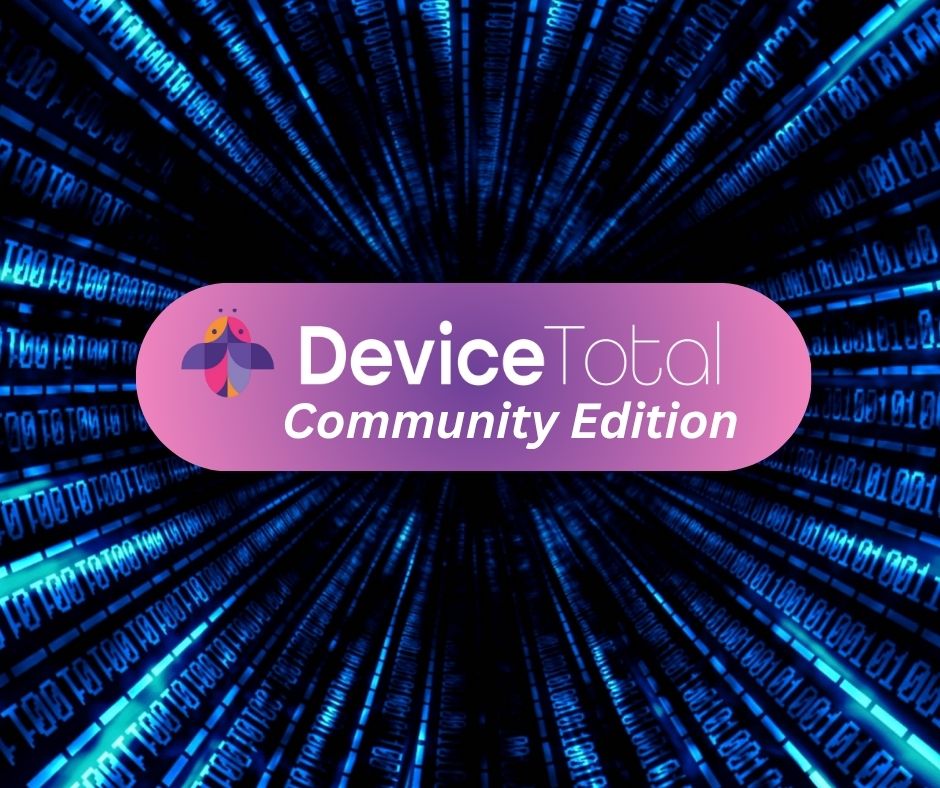Rockwell ControlLogix 5580: When Sources Diverge, DeviceTotal Delivers Actionable Truth

Rockwell ControlLogix 5580: When Sources Diverge, DeviceTotal Delivers Actionable Truth In the oil & gas industry, every hour of downtime translates into lost production and compliance risk. Critical OT assets like Rockwell ControlLogix 5580 controllers are deployed across refineries, pipelines, and offshore platforms. When these devices run outdated firmware, a single overlooked vulnerability can cascade into safety risks, regulatory exposure, and multimillion-dollar operational losses. One such case involved firmware v32.011. Rockwell’s own advisory confirmed this version as affected by CVE-2024-6077. Yet in public vulnerability records, the issue was listed under GuardLogix, not ControlLogix. For operators cataloguing devices as ControlLogix, this mismatch meant production controllers appeared secure in scans, even though they were not. The result: a dangerous false negative at scale, leaving critical infrastructure exposed. Without DeviceTotal With DeviceTotal 🟥 Missed vulnerability due to CPE mismatch 🟩 CVE-2024-6077 correctly mapped to ControlLogix 5580 / 32.011 🟥 No precise fix surfaced 🟩 Vendor-confirmed remediation path (corrected in later versions per Rockwell SD1693) 🟥 Non-compliant reporting and delayed patching 🟩 Daily risk scoring aligned with vendor disclosure 🟥 Reliance on NVD CPEs only 🟩 Auditable provenance (Rockwell SD1693 + NVD entry) The Security Gap Device in Use: Rockwell ControlLogix 5580 1756-L83E Firmware: 32.011 Search Source: NVD / conventional scanner Result: CVE-2024-6077: the 32.011 firmware was listed only under GuardLogix 5580 CPE, not ControlLogix 5580. The public database lists version 33.011 as the first affected version for devices in the ControlLogix 5580 series. For oil & gas OT environments, where devices are catalogued as ControlLogix, the vulnerability went unflagged. The result: safety-critical systems falsely reported as secure. According to NVD, the ControlLogix 5580 32.011 is not vulnerable to CVE-2024-6077 The Reality Found by DeviceTotal DeviceTotal aligned Rockwell’s advisory with real-world asset data: Vendor: Rockwell Automation Advisory Link: Rockwell Security Advisory SD1693 Affected Device: ControlLogix 5580 (1756-L83E) Firmware: First affected in v32.011, remediated in later versions Status: Public record published, but misaligned in device mapping DeviceTotal Value: Unified vendor and public data, closing the false negative gap for ControlLogix assets in oil & gas networks A screenshot from the Rockwell official advisory marking the v.32.011 vulnerable to CVE-2024-6077 Actionable Insights Platform View – Workarounds: For each vulnerability, GE advises restricting physical access and applying standard cybersecurity best practices. For example, CVE-2024-6077 includes a vendor-recommended workaround that eliminates the vulnerability if the CIP security is disabled. Platform View – Upgrade Path: For running firmware 32.011, the latest vendor version available is 37.012, providing reduction of the risk score. As for the CVE-2024-6077, it is remediated by upgrading to 33.017 and later versions. Outcome Thanks to DeviceTotal, the security team was able to: Correctly identify ControlLogix 32.011 as vulnerable Plan upgrades within scheduled maintenance windows Maintain compliance with vendor-aligned evidence Eliminate blind spots caused by data mismatches across sources How DeviceTotal Integrates with Oil & Gas OT Security Teams Asset Inventory AlignmentFragmented inventories (ControlLogix vs. GuardLogix classifications) are normalized, ensuring OT teams see the true risk profile. Compliance & Regulatory ReportingFrameworks such as NERC CIP, IEC 62443, and NIS2 require vendor-verified vulnerability data. DeviceTotal provides audit-ready evidence, tied directly to Rockwell advisories. Incident Response ReadinessDuring incidents, SOC and OT teams need firmware-exact intelligence to decide which controllers to patch or isolate. DeviceTotal delivers this without disrupting production. Lifecycle & ProcurementWith 10–20 year lifecycles common in oil & gas, DeviceTotal tracks EoL/EoS and vendor patch visibility to help avoid long-term hidden risks. Why It Matters? At the scale of oil & gas operations, even small misalignments between vendor advisories and public records can cause: False negatives that slip through large-scale asset inventories Compliance blind spots when reports show devices as secure but aren’t Escalating downtime costs when vulnerabilities are missed in critical systems Risk to safety and regulatory standing across production networks DeviceTotal aggregates all intelligence sources — vendor and public — into a single, definitive truth.
How To Submit Devices To DeviceTotal Community Edition

How To Submit Devices To DeviceTotal Community Edition With DeviceTotal Community Edition, you can evaluate the risk posture of your OT, IoT, network, and security devices — free of charge and without installing anything. You can submit: Up to 3 devices per request 1 request per week Up to 5 requests per month Whether you’re analyzing existing assets or evaluating devices before purchase, Community Edition gives you vendor-verified, firmware-level security intelligence — including vulnerabilities, EoL data, and mitigation options — to help you make confident decisions. Here’s how the submission process works and why each step matters. Step 1: Enter Your Contact Information We ask for your name, email, and company to: Deliver your personalized trial results Follow up with any clarifying questions Ensure your submission is tied to the correct device risk context This information is never shared or used for any purpose beyond your trial experience. Step 2: Select Device Use Context You’ll indicate whether your device is already in use or being evaluated for purchase. This helps us: Understand its operational context Provide recommendations for alternative devices in case of purchase Step 3: Submit Device Information Now you’ll enter as much device data as you have, including: Vendor name Series or model Firmware version (critical for accuracy) SKU number (optional, but useful for deeper matching) After you’ve entered the information, click the “Submit Devices for Evaluation” button. Your evaluation is sent for processing — and within 3 business days, you’ll receive your results. Step 3.1: Submitting Devices You’re Considering for Purchase If you’re submitting a device you’re planning to purchase (instead of one already in use), select the “For Purchase” option. This unlocks an optional recommendation feature that suggests alternative devices from the same category — helping you evaluate options based on security posture, vendor support, known vulnerabilities, and lifecycle status. Ready to Try It? Start FREE Submit up to 3 devices for free and get a full risk report on your IoT, OT, network, and security devices Useful Tip: Make Sure Your Data is Correct The quality of your input directly affects the quality of your results. If you submit only a vendor and model, you’ll receive broad, version-agnostic vulnerabilities If you include the firmware version, we provide: Version-specific CVEs End-of-life data Mitigation/remediation paths Risk scores tied to real-world exploitability This is the same methodology used in our full Intelligence Edition, trusted by service providers and OEMs managing healthcare, OT, IoT, and network device fleets. Your Results: Delivered in JSON Format Your security report will be delivered in JSON — a lightweight, structured format used across modern security and asset management tools. Why JSON? The data we provide is easy to parse with internal tools, making it simple to incorporate into your existing dashboards and reports. It’s designed to be compatible with your current workflows, enabling seamless integration into vulnerability management and asset tracking processes without the need for additional formatting or customization. So, let’s summarize: Easy to parse with internal tools Compatible with dashboards and reports Integrates into existing vulnerability and asset workflows Whether you’re technical or not, JSON gives flexibility. Need help interpreting the results? We’ve got you.
